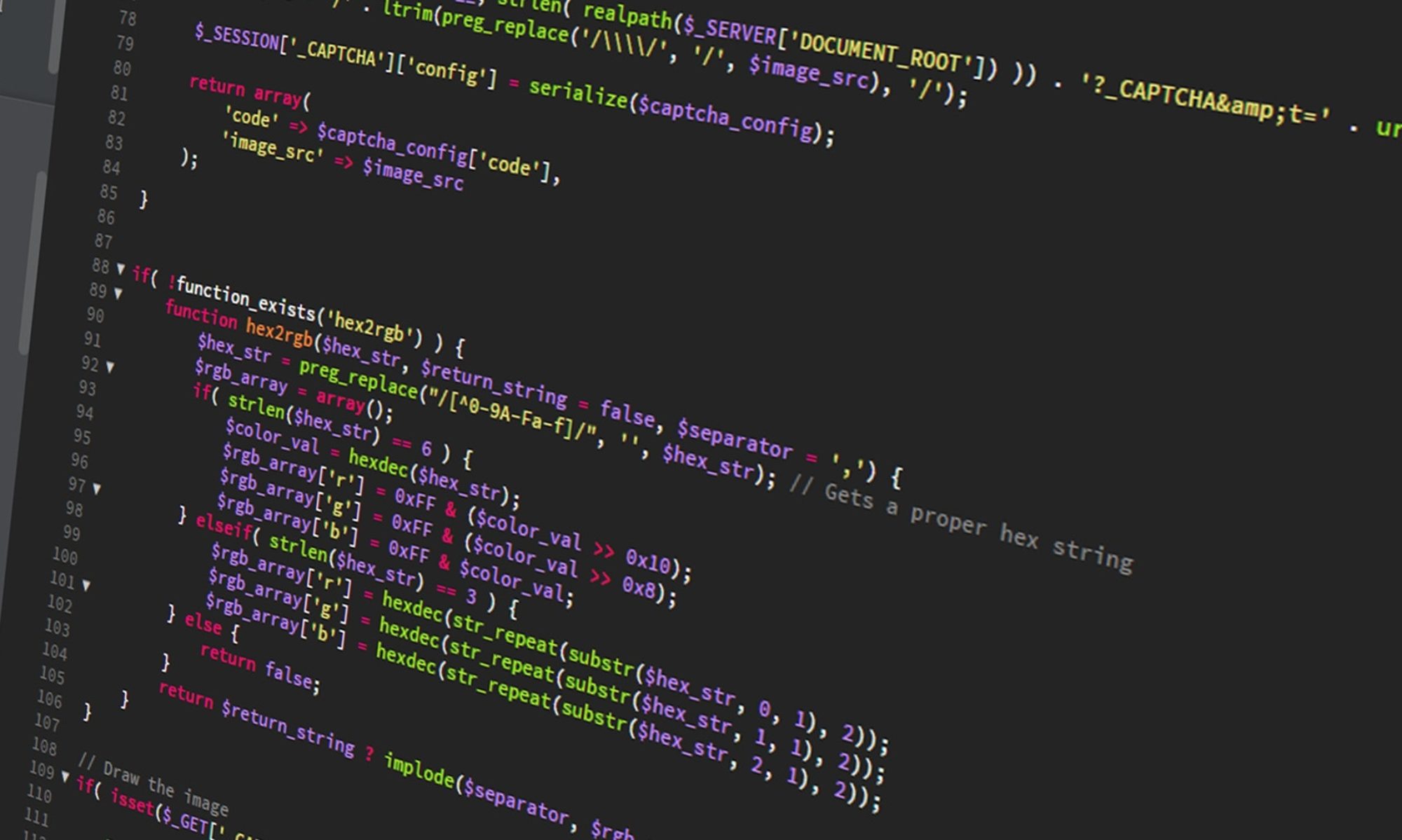Below is the set of steps I took to connect a XAMPP setup to an Oracle database server. I am doing this on a server running Windows Server 2016.
- Download and install XAMPP. I chose the one bundled with the 32-bit version of PHP 7.3.2 with thread safety. Sourceforge: xampp-win32-7.3.2-0-VC15-installer.exe
- Download and install Oracle Instant Client. Because the PHP architecture is 32-bit, Oracle Instant Client must also be 32-bit. Take note of your Oracle server’s version, and install the appropriate client. Oracle: Oracle Instant Client Downloads
- Set up your sqlnet.ora and tnsnames.ora files at %ORACLE_HOME%\network\admin\. These two files together will tell your Oracle Instant Client how to get to your Oracle server. Sample sqlnet.ora:
NAMES.DEFAULT_DOMAIN = MYDOMAIN.NET SQLNET.AUTHENTICATION_SERVICES = (NTS) NAMES.DIRECTORY_PATH = (TNSNAMES, ONAMES, HOSTNAME)
Sample tnsnames.ora:
DB.MYDOMAIN.NET = (DESCRIPTION = (ADDRESS_LIST = (ADDRESS = (PROTOCOL = TCP)(HOST = odbserver3.mydomain.net)(PORT = 1521)) ) (CONNECT_DATA = (SERVICE_NAME = db) ) )
- In Windows, add the folder of Oracle Instant Client to the PATH system variable. Create a new system variable called ORACLE_HOME and put the same path in there as well.
- Download the OCI8 package. I chose the one labeled “7.3 Thread Safe (TS) x86” in order to match my PHP version, thread safe configuration, and the 32-bit architecture. Once downloaded, extract either php_oci8.dll, php_oci8_11g.dll, or php_oci8_12c.dll (depending on your Oracle server version) and place the DLL file in the PHP Extensions directory. By default, that folder for my installation of XAMPP is C:\xampp\php\ext\. PHP PECL: OCI8 for Windows
- Launch XAMPP Control Panel and start the Apache server. Add phpinfo(); to one of your pages to see if OCI8 has its own section; if so, you are ready to make your connection to your Oracle server. Here’s a quick and dirty PHP snippet you can use to do a quick connection test:
$conn = oci_connect($user, $password, $server); $sql = "select user from dual"; $stid = oci_parse($conn, $sql); oci_execute($stid); $row = oci_fetch_array($stid, OCI_BOTH); print($row["USER"]); oci_free_statement($stid);
